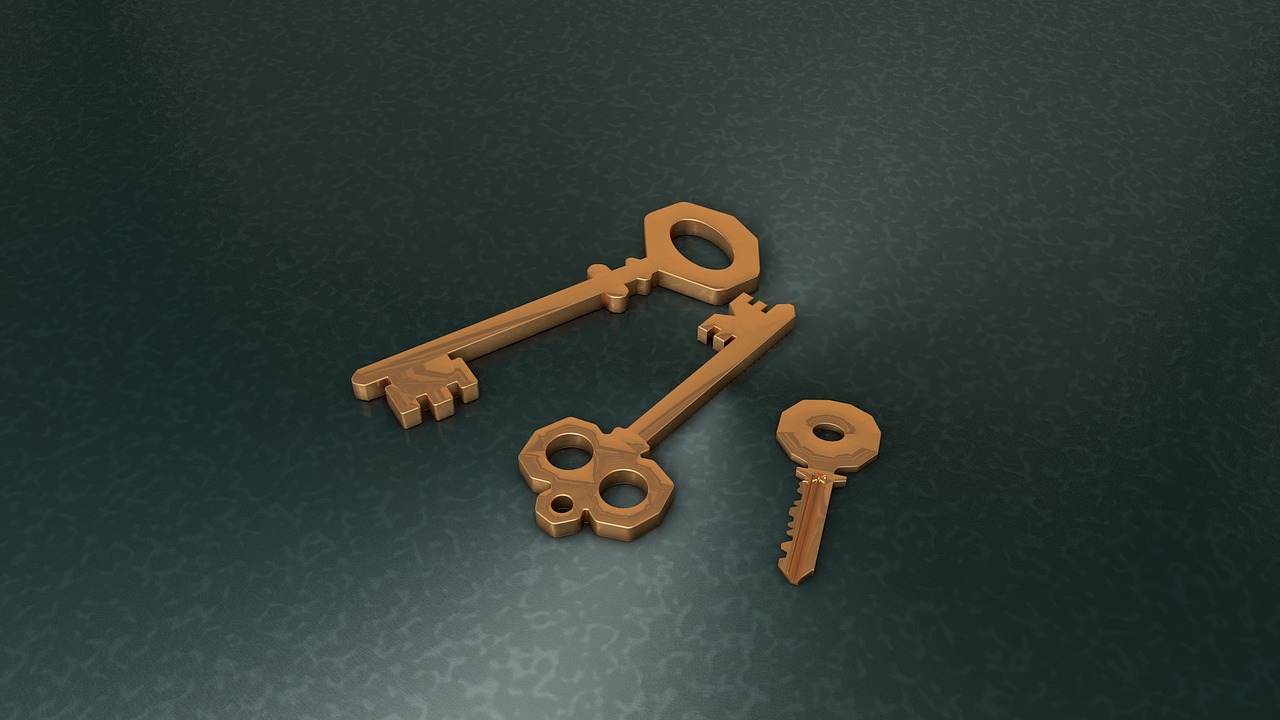

It likely won’t be, but the theories spreading around fandom have been really dramatic lately and I’m getting nervous. I just hope the payoff isn’t Haru shooting someone on our side like Daisuke or Suzue or something. You don’t tease something so heavily without a big payoff in the end. The fact that he didn’t, though, and means that inevitable trigger pull that’s coming for us will be even more dramatic.Īt this point, Haru’s hesitation with firing the gun is a literal Chekhov’s gun. But I thought he was honestly going to pull the trigger this time because Daisuke was being hurt right in front of him. Haru once again struggled with his aversion to using a firearm. I need some comfort hugging action when all this is over. It also featured a very badass Kambe Daisuke…. ‘A Golden Key Opens Any Door’ featured a very emotionally vulnerable Kato Haru who very much needs a hug. But now, because we stopped to investigate an unexpected result, we have a platform from which we can start to develop new tracers, not to mention a new mechanism to help us think about synthetic problems,” said Mark D Levin, the first author.‘A Golden Key Opens Any Door’ (Image: Screengrab) ‘A Golden Key Opens Any Door’ was another tense episode of Fugou Keiji that leaves me once again asking ‘is it next Thursday yet?’ “None of us started this project with PET in mind. The authors did not think the original idea would manifest in this direction.


The fluoride rebound mechnism in the synthesis of leflunomide a rheumatoid arthritis drug.

They also took it a step further and adapted the reaction to generate radioactive tracers, so that fluorine-18-based radiolabeled diagnostic probes (for positron emission tomography ) can be synthesized. To explore their reaction's potential the researchers synthesized Leflunomide a rheumatoid arthritis drug using the novel mechanism. Because the bond between gold and carbon tolerates different reaction conditions including some very harsh ones, it makes this method extra valuable for the synthesis of a variety of medicinal molecules. Once a fluoride returns to the CF 2 fragment, the trifluoromethylated compound parts ways with the metal complex.
Goldenkey door to door free#
The activated CF 2 fragment is then free to bond with various types of carbon substituents, which share the gold atom as the center. By looking carefully into the process, they discovered a so-called fluoride rebound mechanism: in the reaction, a borane catalyst grabs a fluoride from the CF 3- group in a gold complex. While working on something totally different, the researchers stumbled upon a trifluoromethylation compound as the reaction product. Leflunomide molecular structure displayed in a ball-and-stick model trifluoromethyl group in circle. It has been proven to be resistant to metabolism, therefore improving the circulation time for drugs. The trifluoromethyl group, or CF 3-, is a highly popular substituent in synthesizing bioactive compounds because the covalent bond between carbon and fluorine is the second strongest single bond. A joint team of chemists from UC Berkeley and Lawrence Berkeley National Laboratory came up with a novel method for adding trifluoromethyl group to molecules, according to a recent publication in the journal Science.


 0 kommentar(er)
0 kommentar(er)
